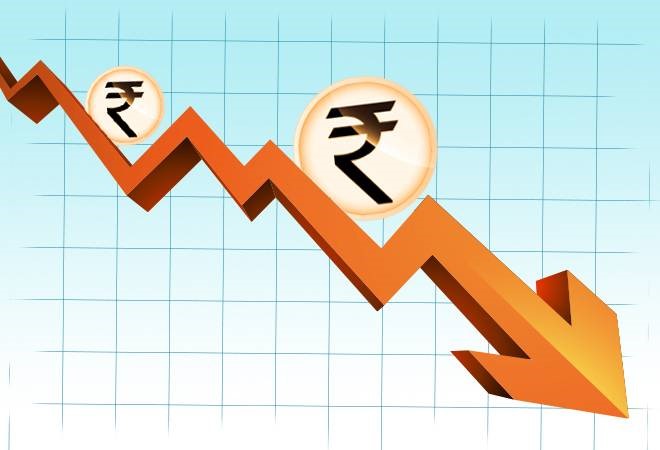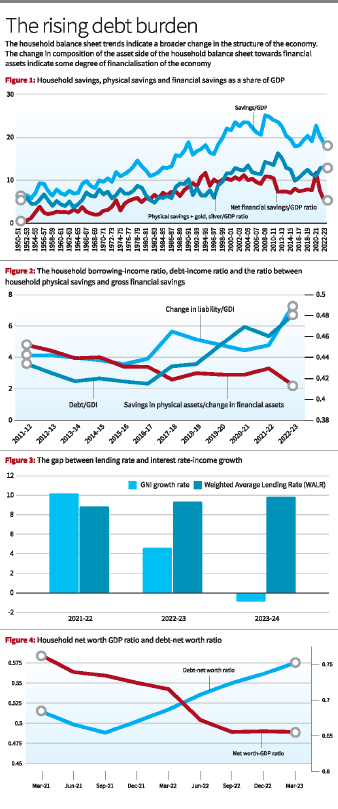Free Courses Sale ends Soon, Get It Now


Free Courses Sale ends Soon, Get It Now



Disclaimer: Copyright infringement not intended.
Context:
ALL ABOUT HOUSEHOLD SAVINGS: https://www.iasgyan.in/daily-current-affairs/households-debt-and-savings-report

Trends in Household Savings
Interpreting Lower Financial Savings
Factors Affecting Household Net Financial Savings
Implication of Higher Debt Burden
Impact on Consumption Demand
Macroeconomic Implications
Data and Statistics
Conclusion
ALL ABOUT HOUSEHOLD SAVINGS: https://www.iasgyan.in/daily-current-affairs/households-debt-and-savings-report
|
PRACTICE QUESTION Q. Direct taxes play a crucial role in India's fiscal policy and economic development. Discuss the role of direct taxes in promoting economic equity and stability in a country. |
© 2024 iasgyan. All right reserved